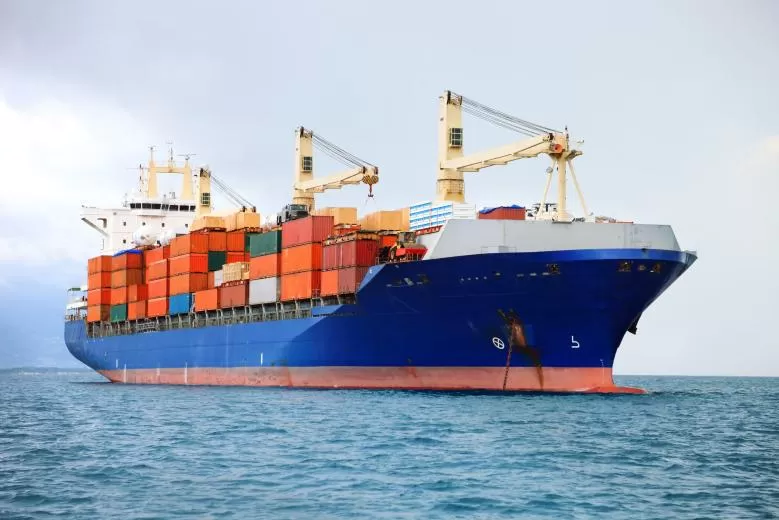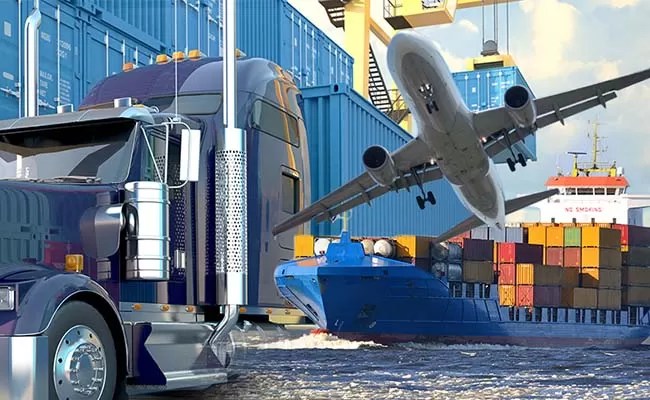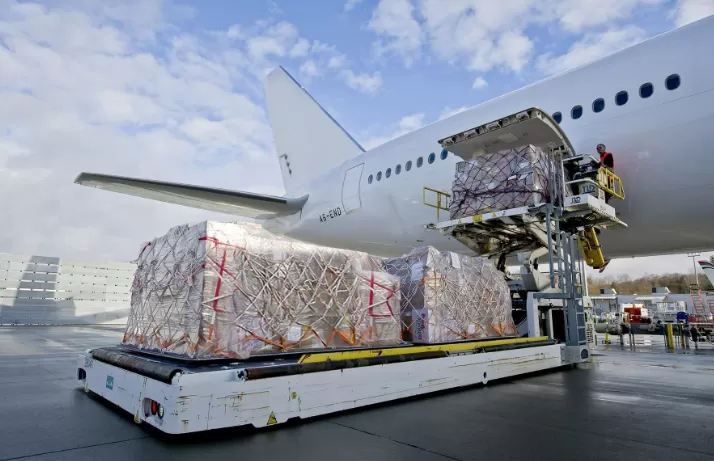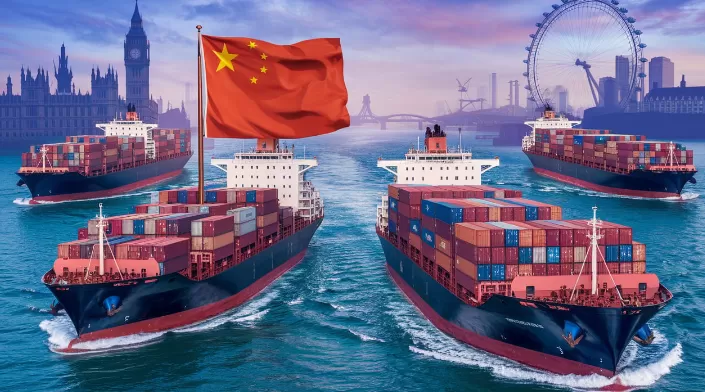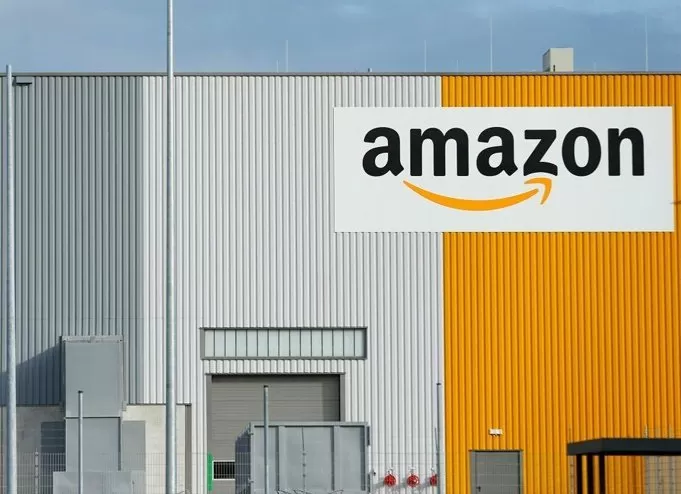Quick snapshot (one-line)
Sea freight is the cost-efficient default for large shipments (port-to-port typically ~28–40 days); air/express is for urgent, low-volume shipments (airport-to-airport 1–3 flight days, full door-to-door often 4–12 days). Fast specialist sea strings can cut ocean time substantially on certain voyages.
How to use this guide
Read the Quick Decision Matrix if you need a fast recommendation.
Jump to Landed-cost worked example if you’re budgeting (digit-by-digit math).
Read the full sections for the transport mode you care about (Sea / Air / Sea-Express / Sea+Truck).
Amazon FBA sellers: go straight to the dedicated FBA playbook for packing, labeling and timing templates.
Quick Decision Matrix — which mode for which need
Urgent / small, high-value goods → Air freight / Express (fastest, most expensive).
Large volume / low unit value → Sea freight (FCL) (lowest $/unit at scale).
Mid urgency / mid volume → Sea-Express / hybrid (faster than standard ocean, cheaper than air — availability varies).
No capacity or know-how locally → Door-to-door (forwarder handles everything; consider DDP for full convenience).
Table — quick reference
| Mode |
Typical port/airport → port/airport |
Typical door-to-door |
Best for |
| Sea (FCL) |
28–40 days |
35–60 days |
Full containers, lowest $/unit |
| Sea (LCL) |
30–45 days (plus consolidation) |
40–60+ days |
Small batches, irregular orders |
| Sea-Express |
18–30 days (select strings) |
25–40 days |
Mid-urgency restock, limited lanes. |
| Air freight |
1–3 flight days |
4–12 days |
Urgent restock, samples |
| Express (courier) |
1–3 days |
1–6 days |
Small parcels, highest per-kg cost |
(Use live quote tool for final pricing — rates fluctuate daily.)
Are you ready?
Get real-time quotes for London
Get Quotes
Landed-cost primer — the only way to budget right
You must budget every cost line — not just freight. Typical components:
Goods value (FOB or EXW)
Freight (sea/air)
Origin charges (pickup, documentation, terminal handling at origin)
Export customs (if applicable)
Insurance (cargo policy)
Destination charges (THC, destination handling, release fees)
Duty (HS code % of customs value)
VAT (UK — typically 20% on duty-inclusive customs value)
Last-mile delivery, palletisation, Amazon inbound processing (if applicable)
How VAT & duty are applied (practical): convert all values to GBP using HMRC monthly exchange rate, add goods value + freight + insurance + duty + destination charges, then calculate VAT (20% typical). Businesses can often reclaim import VAT later if VAT-registered but must build cashflow for the upfront payment.
Landed-cost worked example — digit-by-digit
Scenario: 1,000 units; FOB goods cost $3,000
Assumptions (illustrative):
Freight (sea, FOB→London door): $800
Origin charges (pickup, docs): $100
Insurance: 0.5% of FOB = 0.005 × 3,000 =$15
Import duty: 2.5% of FOB = 0.025 × 3,000 = $75
Destination charges/customs clearance: $200
UK VAT: 20% applied on (FOB + Freight + Insurance + Duty + Destination charges + Origin charges)
Step-by-step arithmetic (do this for every shipment):
FOB + Freight = 3,000 + 800 = 3,800
Origin charges = 3,800 + 100 = 3,900
Insurance = 3,900 + 15 = 3,915
Duty = 3,915 + 75 = 3,990
Destination charges = 3,990 + 200 = 4,190
VAT = 20% of 4,190 = 0.20 × 4,190 = 838
Total landed cost = 4,190 + 838 = 5,028
Per unit = 5,028 ÷ 1,000 = $5.03 / unit
Takeaway: unit price rose from $3.00 → $5.03 after freight, duty and VAT. Always run this math for each SKU and each incoterm. (Use HMRC rates and HS code lookup to confirm duty rates for final publication.)
How much is the shipping cost from China to London
The prices below are illustrative ranges for standard conditions. Final rates are subject to change and must be confirmed with a live quote from your freight forwarder.
| Shipping Mode |
Origin Port/City |
Destination Port/City |
Price Reference (Example) |
Notes |
| Sea Freight (FCL) |
Shanghai / Ningbo / Shenzhen |
Felixstowe / London Gateway |
20' Container: $1,800 - $3,500
40' Container: $2,800 - $5,500 |
Prices are highly influenced by fuel surcharges, peak season surcharges, and lane supply/demand. |
| Sea Freight (LCL) |
Shanghai / Ningbo / Shenzhen |
Felixstowe / London Gateway |
$80 - $180 / Cubic Meter (CBM) |
Often has a minimum chargeable volume (e.g., 1-2 CBM). Price typically includes basic destination deconsolidation fees. |
| Air Freight |
Shanghai (PVG) / Shenzhen (SZX) |
London (LHR) |
$3.5 - $8.0 / Kilogram |
Chargable weight is the higher of actual weight or volumetric weight. Fuel surcharges are volatile. |
| International Express (e.g., DHL/UPS) |
Major Chinese Cities |
UK Wide |
$6 - $15 / Kilogram |
Ideal for small parcels (e.g., <100kg). Door-to-door service includes customs clearance. |
freight forwarding
Get real-time quotes for London
Get Quotes
China to London Sea freight (FCL & LCL)
When to use:
Typical routes & realistic timings (examples)
Shanghai → Felixstowe / London Gateway: port-to-port ~28–36 days; door-to-door commonly ~35–60 days once you include pickup, export, inland drayage and customs.
Ningbo / Shenzhen → Felixstowe: similar ~30–40 days depending on liner loops and transhipments.
Cost drivers to anticipate
Bunker / fuel surcharges, Peak Season Surcharges (PSS), congestion surcharges, terminal handling charges (origin & destination), documentation fees, and demurrage/detention if containers are not returned on time. Budget a 5–15% contingency during volatile markets.
FCL vs LCL practical rule
Get both quotes when you’re near the 10–20 CBM band. FCL often becomes cheaper per CBM after ~15 CBM; LCL adds consolidation & dest. handling charges that can erase expected savings.
Operational checklist (sea)
Confirm INCOTERM (FOB/CIF/DDP).
Prepare Commercial Invoice, Packing List, B/L instructions and importer details (EORI).
Palletise and label correctly; separate SKUs by carton to speed customs sampling.
Table to publish (static HTML recommended): origin port | UK port | port-to-port days | door-to-door days | typical $/20' / $/40' (use live quotes)
Pro tip: during Q3–Q4 retail peak, book slots early and expect carriers to levy Peak Season Surcharges.
China to London Air freight
When to use: urgent replenishment, small high-value SKUs, samples, time-sensitive parts.
Transit reality
Airport-to-airport flight time: 1–3 flight days from major Chinese hubs (SZX / PEK / PVG) to LHR, but real door-to-door air freight shipments commonly clear in ~4–12 days because of pickup, handling, export clearance and customs release. Express couriers (DHL/UPS/FedEx) are faster for small parcels, often 1–6 days door-to-door.
How air freight is charged — crucial detail
Chargeable weight = max(actual weight, volumetric weight). Industry formula (cm):
Volumetric weight (kg) = (L × W × H) ÷ 6,000. Use this to calculate chargeable weight and compare carriers.
Practical steps
For shipments under ~100–200 kg, compare courier vs AWB air freight including door pickup and brokerage.
Prepare AWB, Commercial Invoice, Packing List, and ensure hazardous materials (lithium batteries etc.) follow IATA rules — misdeclaration can halt clearance and trigger fines.
Tip: during periods of airport capacity shifts, lead times and rates can spike — always request capacity confirmation when booking.
China to London Sea-Express (Sea-Express / Hybrid)
Sea-Express blends an ocean leg with express land/courier legs or is a premium loop with faster transit.
Typical performance
Port-to-port: often ~18–30 days on specific fast strings or specialized lanes; rare Arctic/NSR voyages have reported ~18-day Ningbo→Felixstowe transits for inaugural runs (route availability varies seasonally).
Door-to-door: ~25–40 days, depending on clearance and last-mile.
Commercial reality
Sea-Express costs more than standard ocean but usually less than air. Availability is operator-dependent — always secure SLA and written ETAs.
When to use: mid-volume SKUs where stockouts in 2–4 weeks are a risk and air is too expensive.
China to London Sea + Truck (Drayage / Sea-Ka)
Drayage moves containers from port to inland warehouses or distribution centres.
Typical timings
Port pickup to central London: 0.5–3 days under normal conditions; congestion or missed slots can add days. Combine this with sea leg to estimate full door-to-door.
Cost lines to watch
Terminal handling charge, chassis/tractor hire, driver waiting, park & release, low loader/palletisation fees. One missed appointment can create detention costs that explode landed cost.
Best practice: pre-book drayage slots, use EDI to exchange documents, and, if consignee lacks capacity, arrange bonded warehousing.
freight forwarding
Get real-time quotes for London
Get Quotes
China to London Door-to-door vs Port-to-port
Port-to-port (cheapest): buyer handles customs & drayage. Good if you have a local partner or broker.
Door-to-door (convenience): forwarder handles export, main haul, import clearance and final delivery. More expensive, but removes operational burden — recommended for first-time importers.
INCOTERMS: DDP = seller pays duty & VAT (convenient, more expensive); EXW/FOB = buyer responsible for main ties and local operations.
China to London Amazon FBA
Amazon FBA has strict requirements. Mistakes cause rejections and extra fees.
Route & timing options (practical)
Air direct to FBA (urgent / <500 kg): ~4–12 days door-to-door including customs and carrier handover.
Sea to UK warehouse then inbound to FBA (bulk): sea main leg ~28–40 days + clearing, drayage & inbound prep ~10–35 days → total ~40–75 days. Plan buffer.
FBA operational checklist (must do)
Create Amazon inbound plan and confirm receiving warehouse address & pallet/skid specs.
Label cartons with FNSKU / carton barcode exactly as Amazon requires. If sending pallets, follow pallet configuration rules.
Pre-inspect and confirm carton dims/weights before shipment to avoid on-arrival rework.
Consider a UK prep centre if you lack packing/label capabilities at origin (it adds cost but reduces rejection risk).
Include Amazon’s inbound charges and storage in your landed-cost math.
Pro tip: run a pilot shipment (small qty) before full container build to validate labels, packing and carrier performance.
Delays, seasonality & remedies
Common causes: blank sailings, port congestion, carrier schedule changes, customs holds, strikes, extreme weather.
How to act when delayed: get the vessel/voyage number from your forwarder, check carrier status, confirm customs hold reasons with your broker, and evaluate partial air replenishment if stockouts are critical. Document every communication for claims.
Choosing and vetting a freight forwarder (operational checklist)
Verify licenses and memberships (IATA/FIATA where relevant), request recent China→UK references, confirm they have a UK customs broker partner, ask for sample SOPs for claims, and run a responsiveness test with a mock quotation. If handling FBA, confirm explicit Amazon-prep experience.
How to reduce cost and transit time
Consolidate multiple small suppliers into scheduled weekly shipments.
Pre-classify HS codes and verify duty rates early.
Lock long-term slots with carriers if you have repeat volume.
Pilot sea-express lanes for mid-urgency replenishment.
Use postponed VAT accounting (if VAT-registered in UK) to ease cashflow on imports.
freight forwarding
Get real-time quotes for London
Get Quotes
FAQ
How can I verify my supplier’s export paperwork before shipment?
Ask for originals or notarised docs, confirm business registration and EORI, cross-check invoice totals against packing photos, and request the export declaration reference. A short third-party factory check is cheaper than a delayed shipment.
UK customs opens a physical inspection — what do I do first?
Notify your broker and forwarder, preserve cartons, photograph everything, provide requested docs, and arrange a surveyor if needed. Quick responsiveness reduces hold time.
My container arrives short or with overage — what now?
Record discrepancies on delivery paperwork, photograph seals/packaging, notify carrier and insurer within the claim window, and request a cargo survey. Preserve goods — don’t dispose of disputed items.
Can I change consignee or delivery address after departure?
Yes, but expect carrier amendment fees and document re-issuance for ocean shipments; courier changes are easier. Amend through your forwarder and allow extra time.
What extra steps for temperature-sensitive or hazardous cargo?
Book reefer or ADR-certified trucks, file dangerous-goods declarations, ensure correct UN numbers and packaging, and pre-confirm carrier acceptance (especially for lithium batteries).
What documentation do I need to keep for a UK customs audit?
Retain commercial invoices, packing lists, B/L or AWB, customs declarations, proof of payment, insurance policies and correspondence for at least six years. Keep both originals and searchable digital records.
How is air freight chargeable weight calculated?
Use the industry formula: Volumetric weight (kg) = (L × W × H in cm) ÷ 6,000. Carriers bill the higher of actual vs volumetric weight.
How do I check whether my China→London shipment is delayed?
Ask for the vessel/voyage number, check the carrier’s schedule, confirm with your broker whether customs placed a hold, and get an ETA in writing. If urgent, request a contingency air quote.
Explore Our European Shipping Network
While this guide provides a comprehensive roadmap for shipping to London, your supply chain may extend across Europe. We have created detailed, actionable guides for other major logistics corridors:
United Kingdom: Shipping From China To United Kingdom — The Ultimate Practical Guide
Germany: Shipping From China To Germany — The Ultimate Practical Guide
France: Shipping From China To France — The Ultimate Practical Guide
Italy: Shipping from China to Italy: The Importer's & FBA Seller's Guide
FBA Specialists: Best Amazon FBA Freight Forwarders in Europe (2025)
Compare All Options
Each European destination has unique advantages in terms of port infrastructure, inland connectivity, and customs procedures. Leverage our specialized guides to develop an optimal pan-European logistics strategy.

 EN
EN
 FR
FR
 ES
ES
 JA
JA
 PT
PT
 RU
RU
 AR
AR
